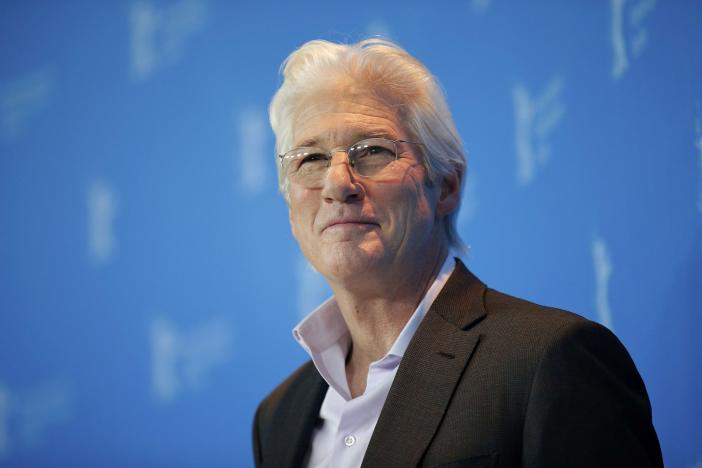
One of the most well-known equations in international economics states that the difference between total savings and total investment in an economy equals its current account balance.
An economy, such as Pakistan’s, which invests more than it saves, runs current account and trade deficits. In 2016-17, as per the State Bank of Pakistan (SBP) data, the gross savings-to-gross domestic product (GDP) and gross investment-to-GDP ratios were 12% and 16.1% respectively, with savings-investment gap of 4.1% of GDP.
However, its current account and trade deficits for both goods and services were $12.62 billion (4.1% of GDP) and $31.01 billion (10% of GDP) respectively in that year.
Final savings-to-investment data for 2017-18 is not available. However, the last financial year ended with $17.99 billion (5.7% of GDP) in current account deficit and $36.24 billion (11.88% of GDP) in trade deficit. Therefore, on the basis of parity between the savings-investment gap and current account balance, we can presume that in 2017-18 national savings had lagged behind investment by 5.7%.
Pakistan’s foreign borrowing surges to $10b in 11 months
An economy like Pakistan draws savings of other countries in the form of foreign investment and loans to bridge the gap between its exports and imports, and thus it becomes a net debtor.
On average, the investment-to-GDP ratio in Pakistan during FY15-FY17 was 15.7%, while the average savings-to-GDP ratio was 13.4%. On average, the savings lagged behind investment by 2.3% of GDP. During the same period, the country, on average, ran current account deficit of 2.26% of GDP, which confirms that, statistical discrepancy apart, the difference between savings and investment equals the current account balance.
In FY17, the current account deficit increased Rs7.5 billion (2.4% of GDP) over the previous year. The same year, the difference between savings and investment went up 2.3% of GDP over the previous year.
Debt stock
Since over the years Pakistan has received low foreign direct investment (FDI) inflows, the difference between savings and investment, or the current account deficit, has been financed mainly through foreign debt, which represents the savings of other countries.
At the end of FY17, the total stock of external debt was recorded at $62.6 billion or 27.3% of GDP compared with 24.3% of GDP at the end of FY15. At the end of 2017, the external debt had gone up to $66.9 billion.
Foreign exchange: SBP's reserves rise 1.31% to $9.79b
Historically, in Pakistan, the share of savings in GDP has been quite low. During the 1960s, the average savings-to-GDP ratio was 10%, which increased to 11.2% in the 1970s and to 14.8% during the 1980s, before falling to 13.8% in the 1990s. During 2000-2010, the ratio rose to 16.6% before falling to 13.6% between FY11 and FY17.
Even the periods of rapid economic growth were not accompanied by a corresponding increase in savings. For example, between FY03 and FY07, the economy grew 6.6% on average, but the average savings-to-GDP ratio was 16.1%.
The low level of savings was one of the major reasons why the healthy growth was dependent on foreign credit and could not be sustained when loans dried up.
The economy registered arguably its highest-ever current account deficit of 8.5% in FY08. In the same year, the difference between savings-to-GDP (13.6%) and investment-to-GDP (22.1%) ratios was 8.5%. Pakistan has one of the lowest savings-to-GDP ratios in the region.
Savings are important because they are the source of investment and thus underpin export and economic growth as well as employment generation.
Although in Pakistan the investment-to-GDP ratio has been generally higher than the savings-to-GDP ratio, the former has also fallen well short of the desired level. In the 1970s, the average investment-to-GDP ratio was 17.7%, which rose to 18.7% during the 1980s before falling to 18.3% during the 1990s. From 2000-2010, the ratio increased marginally to 18.4% but during FY15-FY17, the average investment-to-GDP ratio stood at 15.7%.
Foreign exchange: SBP’s reserves rise 0.24% to $10.07b
Reasons for low savings
Why do savings remain low in Pakistan? Total savings in an economy have two components – government savings and private savings. Governments in Pakistan (both federal and provincial) typically do not save or register very low savings. In FY15, FY16 and FY17, the government savings as a percentage of GDP were 1.5, 0.5 and 1.7 respectively. A big chunk of savings comes from households, the overwhelming majority of which are small savers.
One of the major determinants of savings is the interest rate. The higher the interest rate, greater is the propensity to save. A typical household prefers to put money in the National Savings Schemes (NSS) run by the government.
It was during the Pervez Musharraf era that the NSS rates were drastically reduced. Many believe the move was devised to encourage real estate and speculative investment as well as to promote consumer financing, which picked up momentum during that period.
The PML-N government also cut NSS rates ostensibly with a view to promoting investment. The cut in interest rates did not have an appreciable impact on driving up private-sector investment, which went up 10.9% from Rs2.84 trillion in FY15 to Rs3.15 trillion in FY17.
However, as a percentage of GDP, private-sector investment went down from 10.4 in FY15 to 9.9 in FY17.
On the other hand, the cut in interest rates discouraged household savings. Other factors that hobbled savings include high cultural propensity for conspicuous consumption, increased availability of consumer financing, low real disposable incomes and low real interest rates offered by commercial banks, which thrive on a high interest rate spread.
Admittedly, interest rates should not be too high to discourage investment, but at the same time, they should not be too low to discourage savings.
The writer is an Islamabad-based columnist
Published in The Express Tribune, July 30th, 2018.
Like Business on Facebook, follow @TribuneBiz on Twitter to stay informed and join in the conversation.

1732271743-0/diddy-(45)1732271743-0-165x106.webp)















COMMENTS
Comments are moderated and generally will be posted if they are on-topic and not abusive.
For more information, please see our Comments FAQ